| Our visit began in the Rimba Ilmu building, a neat pavilion-like structure with an attractive courtyard and pool. Rimba Ilmu means Forest of Knowledge and this title was more than justified by the expertise of our guide, Sugu, who has been a lecturer in the Science Faculty of the University of Malaya for the past 17 years and - in fact - planted many of the trees (Rimba Ilmu is part of the Science Faculty of the University). | ||
|
|
The preamble to our tour was a view of the world's largest orchid (a Tiger Orchid) which is an epiphyte; this was quite a small specimen that had been transplanted onto a tree stump, but later growing on a tall tree we saw a huge specimen with upward-growing air roots; they do not take sustenance from their hosts. They flower only about every 8-10 years. Then we set off into the forest along well maintained paths. The 60 hectare garden was formerly a rubber estate, but when the University acquired the site many of the rubber trees were taken out to be replaced by 1700 species of plants -mostly native - although this constitutes only 5% -6% of those naturally found in the rainforest. The Garden is divided into natural areas, such as medicinal plants, ferns, palms, citrus and citroids and a bambusetum (which contains 40-45 different species, the largest collection of bamboos in Malaysia). We also saw the largest type of bamboo in the world, Giant Bamboo or Dragon Bamboo, which can produce a clump of 25m-30m in diameter as well as a climbing bamboo. Bamboos are in fact grasses.
We spent time in the Medicinal Area where we encountered such plants as the Madagascar Periwinkle, which can be used in the treatment of leukaemia; pandanus, which is probably familiar to members who use the leaves to deter insects; golden chicken fern, parts of which stop bleeding and tongkat ali, the roots of which treat fevers (but are also, allegedly, an aphrodisiac). One plant to avoid was the epoh tree as the poison derived from the sap is used on darts for blowpipes. |
|
|
We studied some quick-growing trees such as the local one providing good wood (meranti) that grows 35m in 10 years and diptocarpus, the tallest trees of the rain forest, that grow 30m-40m in 15-20 years. We saw other trees good for building such as chengal (very hard wood found only in Peninsular Malaysia) and belian (Borneo Ironwood), another hard wood, native to Borneo. |
||
 |
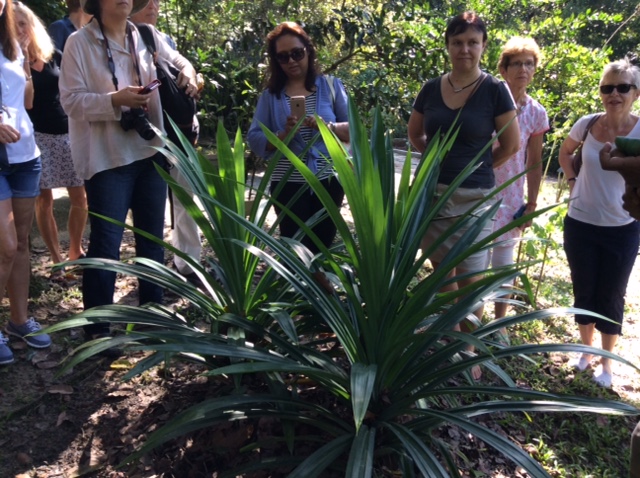 |
 |
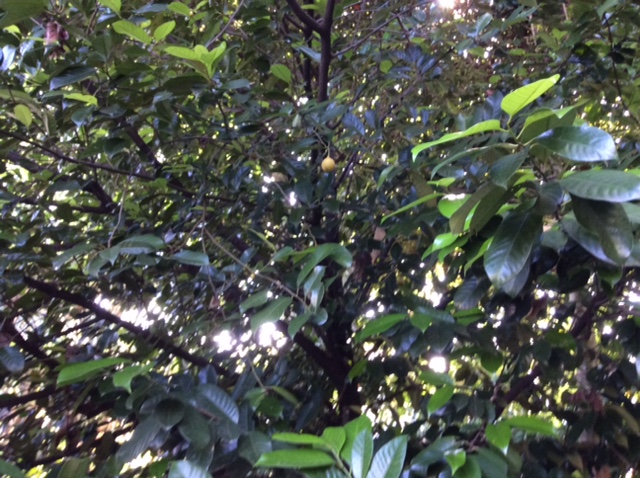 |
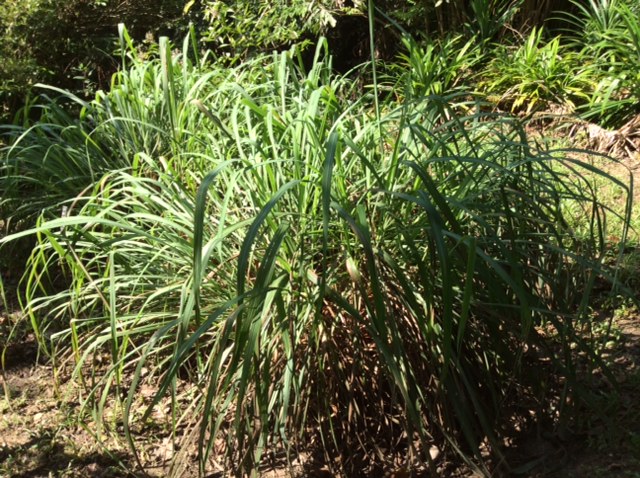 |
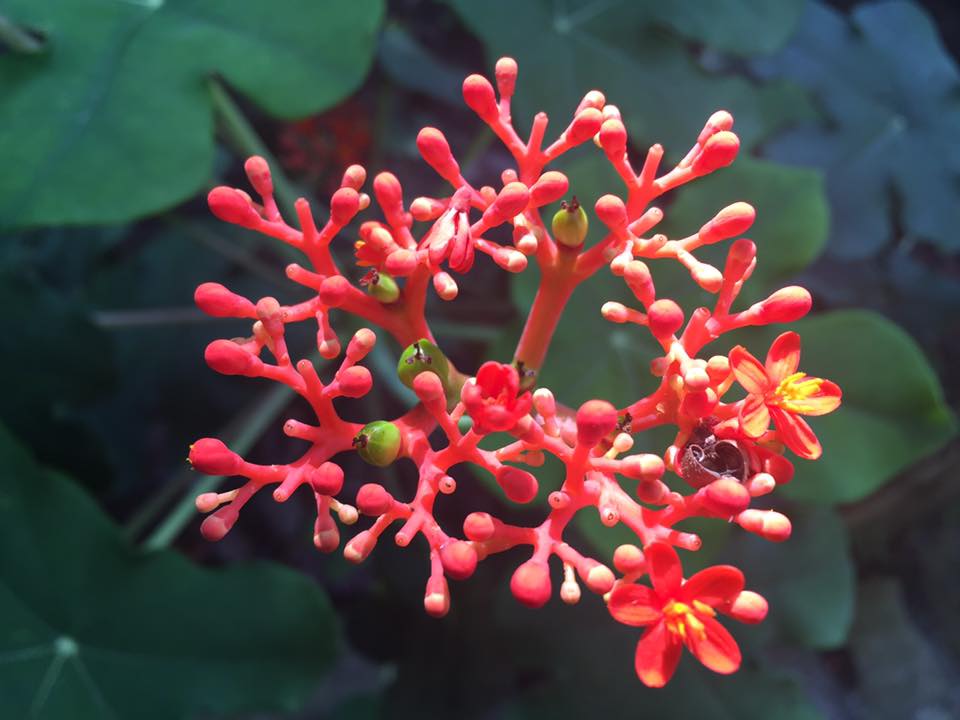 |
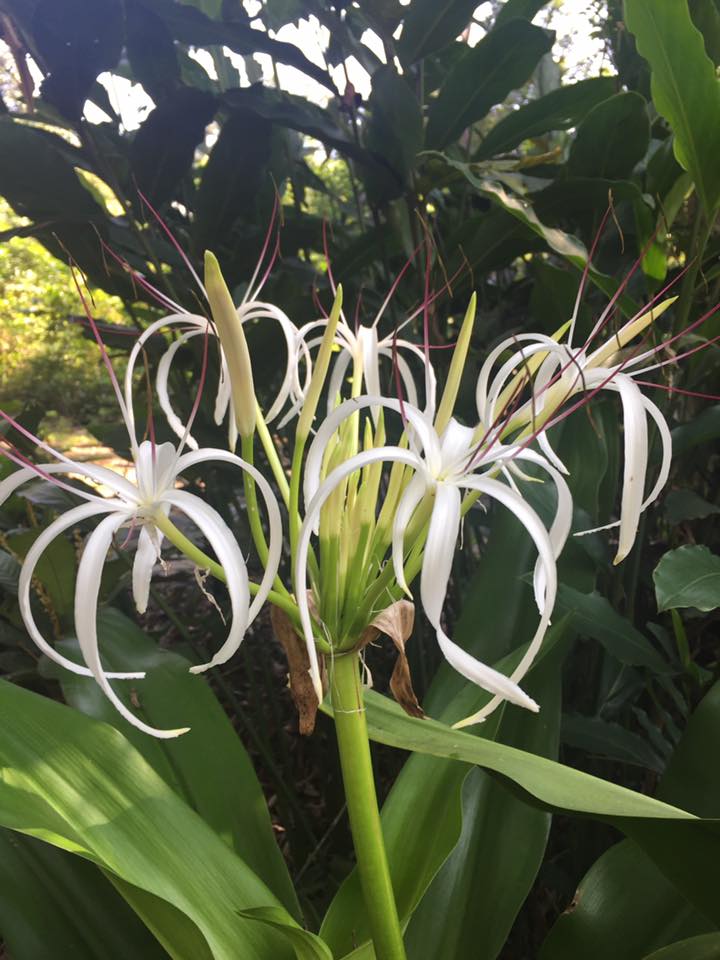 |
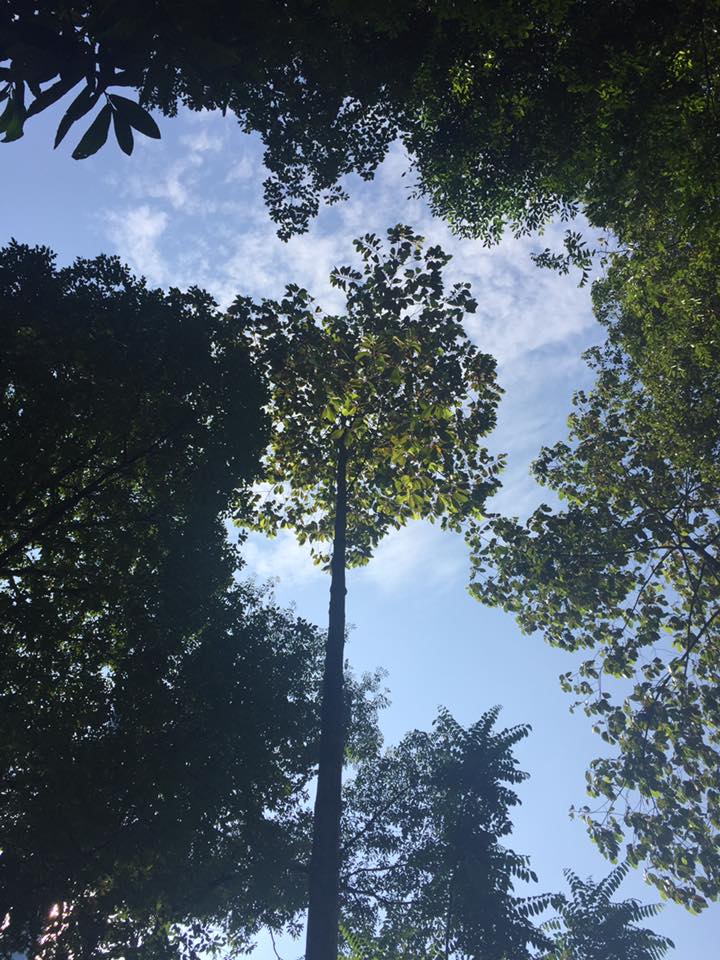 |
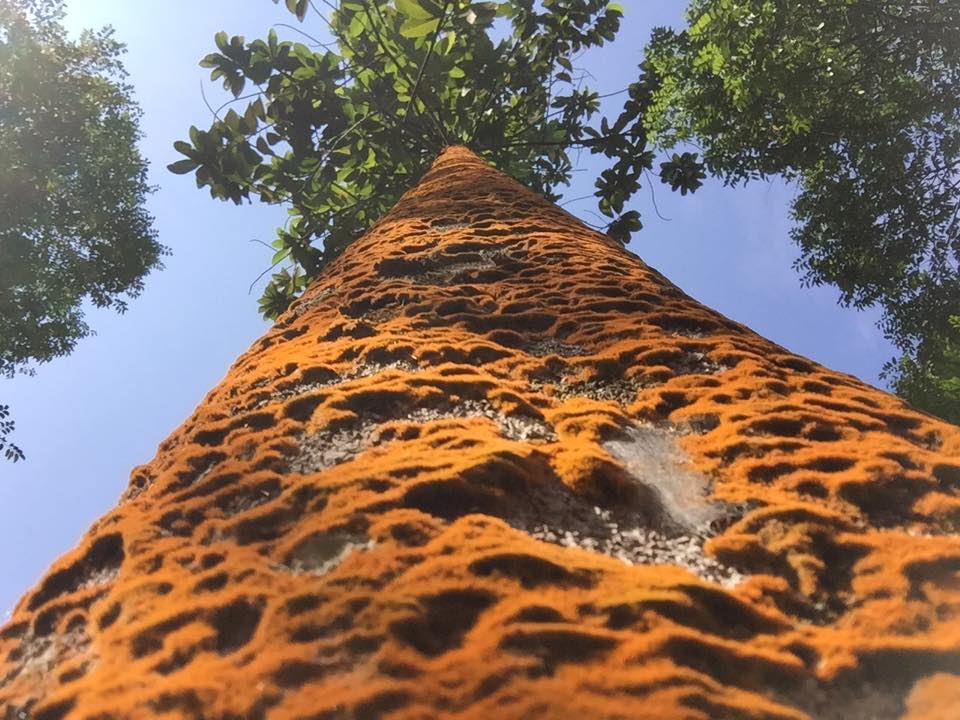 |
|
We saw umbrella palms (shuttlecock palms) and, of course, royal palms or red palms, native to Malaysia and very common. Members were fascinated by trees from which common spices such as nutmeg, cinnamon and cloves are harvested since the crushed leaves also smelt strongly of the spice.
After about two hours and a trek of 1.2 km, we concluded our tour with a flying visit to the Exhibition Hall where there was a permanent exhibition about the rainforest. It was very extensive and well-curated, but time was short and we only skimmed the surface, so that will be something for another day. (The Gardens are open to the public Monday to Friday). Marianne concluded the visit with a vote of thanks to Sugu, who was the keystone of a fascinating experience. My only disappointment was that we did not see many birds, although Sugu assured me that there are more than 90 species living in the area.
Submitted by Stan Cox
Pictures by Alejandra Barbosa and Oriana Verona |
||





